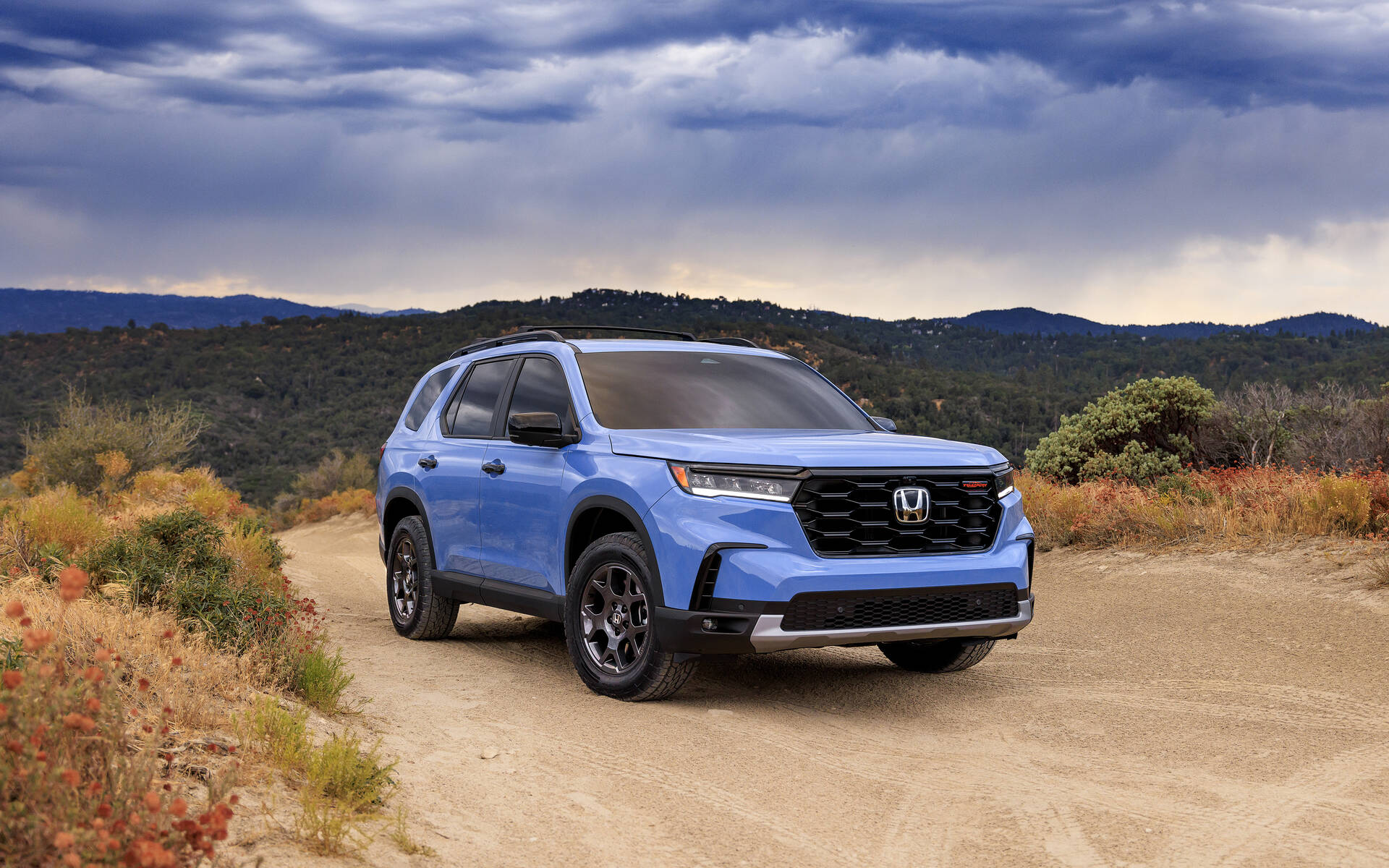When it comes to purchasing an SUV, many buyers often look for one with ample cargo space, a comfortable ride, and plenty of features. However, not all SUVs are created equal when it comes to practicality and ease of use.
One feature that has gained popularity in recent years is the ability to fold rear seats down from the cargo area, allowing for easier access and expanded storage space.
Unfortunately, there are still several SUVs on the market where this feature is absent, and the rear seats must be manually folded down from the second row. For those who value convenience, it may be a dealbreaker.
In this article, we’ll look at five SUVs where the rear seats cannot be folded from the cargo area, exploring why this design choice might not be ideal for some and offering alternatives that provide more user-friendly options.
While the notion of a highly versatile SUV may include a variety of different features, such as a smooth ride and impressive technology, cargo space and flexibility are undeniably important considerations for most buyers.
SUVs with rear seats that can be folded from the cargo area offer the ultimate convenience, allowing users to easily reconfigure the space to accommodate larger items without having to reach over the seats from the second row.
This makes transporting large or bulky objects less of a hassle, especially when packing for a road trip or moving items. However, several automakers have opted not to include this feature in some of their SUV models, often due to design or structural limitations.
Interestingly, the absence of foldable rear seats from the cargo area isn’t always due to cost-cutting measures. In some cases, it is a deliberate choice based on the SUV’s design and target market. Some buyers may prioritize other features, such as comfort, rear-seat amenities, or aesthetics, over cargo flexibility.
Nonetheless, for those who frequently need to make the most of their cargo space, this can present a challenge. In the following sections, we will dive into five popular SUVs that lack this convenient feature, as well as explore their other strengths and weaknesses.
Also Read: You Can Still Buy This 1980s Engine Brand New From the Factory
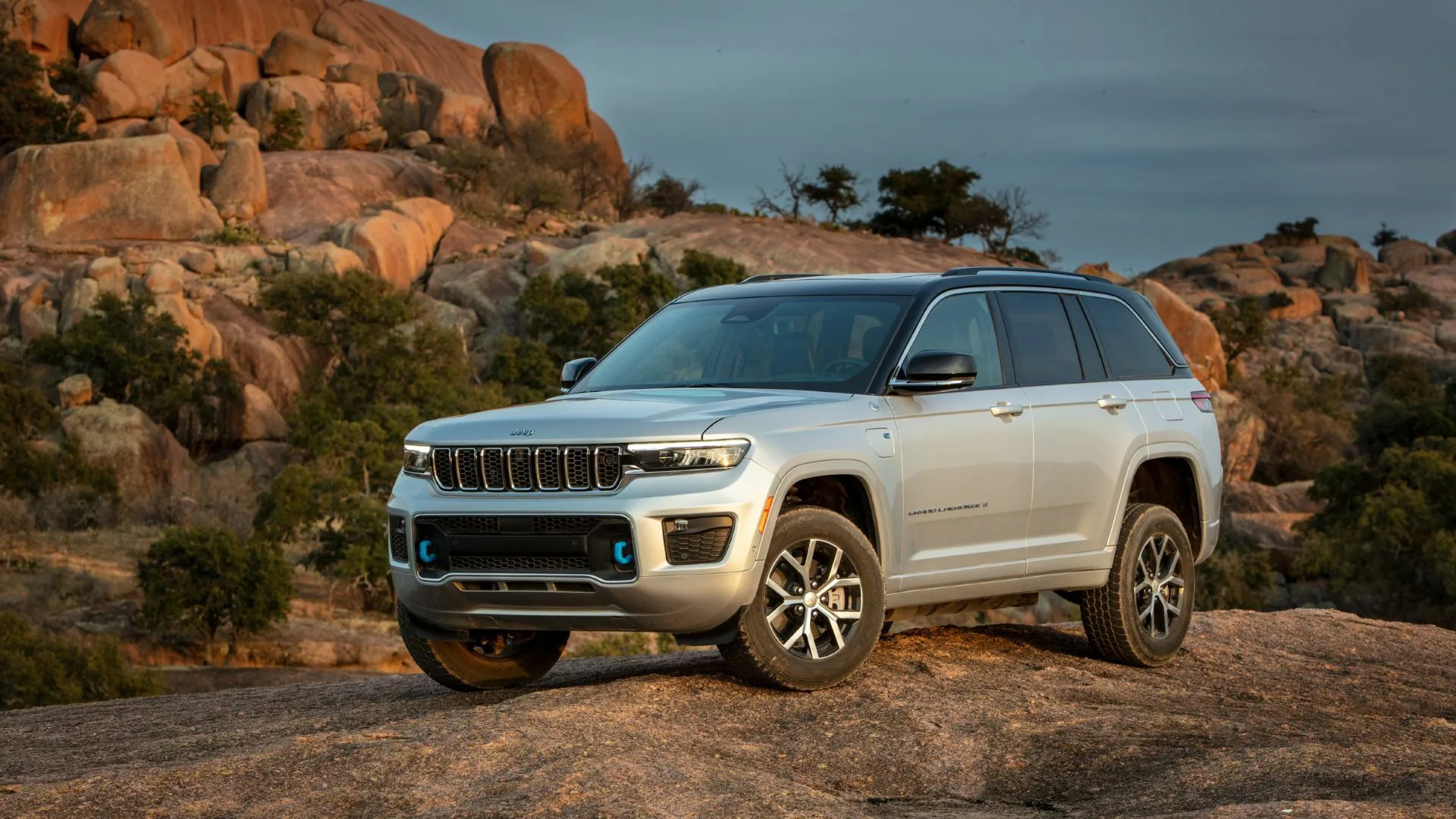
1. Jeep Grand Cherokee
The Jeep Grand Cherokee is a well-known and respected SUV in the mid-size SUV category. It has a reputation for offering rugged off-road capabilities combined with a luxurious interior, making it a favorite among those who need a vehicle that can perform both on and off the road.
While it offers plenty of premium features and a comfortable ride, the Grand Cherokee is one of the SUVs that does not allow the rear seats to be folded from the cargo area. Instead, you must manually fold the seats down from the second row.
This design choice may be inconvenient for buyers who are accustomed to the convenience of accessing the rear seat area from the cargo space, especially for larger items or when loading and unloading multiple pieces of luggage.
Despite this, the Grand Cherokee offers impressive performance, with a range of engine options, including a powerful V8, and a comfortable interior that is well-suited for long trips. If you need an SUV that can tackle tough terrain but don’t mind manually folding down the rear seats, the Grand Cherokee could still be an attractive option.
In addition to the lack of foldable rear seats from the cargo area, the Grand Cherokee offers a respectable amount of cargo space, but it isn’t the largest in its class. The rear seats can be folded manually to expand the trunk area, providing more room for gear, sports equipment, or luggage.
However, compared to other SUVs with automatic folding mechanisms, this manual process can feel cumbersome, especially when you need to quickly reconfigure the space. The Jeep Grand Cherokee is still a great SUV for many, but if you prioritize convenience and flexibility, you may want to consider other models in the segment.
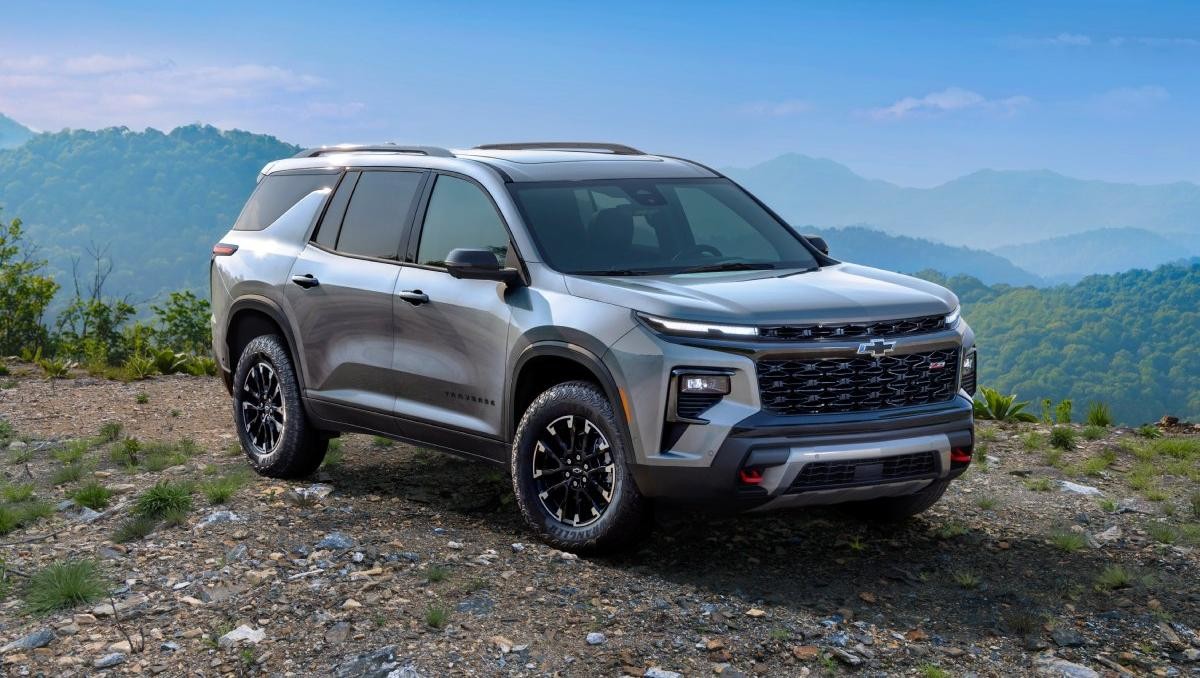
2. Chevrolet Traverse
The Chevrolet Traverse is a full-size SUV that caters to families and those who need substantial interior space. Offering three rows of seating and a large cargo area, the Traverse is ideal for long road trips, family vacations, or carrying a lot of passengers and their belongings.
Despite its spacious design, the Traverse lacks the ability to fold the rear seats from the cargo area. Similar to the Grand Cherokee, you must manually fold the second- and third-row seats from within the cabin, which can be inconvenient for those looking for an easier solution.
One of the standout features of the Chevrolet Traverse is its size and interior flexibility, providing ample room for up to eight passengers when needed. The cabin is well-appointed, with plenty of modern tech and comfort features to ensure a pleasant driving experience.
The Traverse also offers a strong V6 engine option that delivers plenty of power for both city driving and highway cruising.
However, when it comes to convenience, the inability to fold the seats from the cargo area may be a dealbreaker for some. This feature is something that many competing SUVs offer, particularly those designed for families who often require quick access to expanded cargo space.
Although the Traverse has generous cargo space, the manual process of folding the seats down may make it less appealing for people who need to load and unload frequently. In today’s market, convenience features like folding rear seats are a big draw, and while the Traverse excels in many areas, it falls short when it comes to cargo flexibility.
For those who don’t mind the extra effort involved in manually folding the seats, the Traverse remains a solid choice, but it might not be the most user-friendly option for those prioritizing convenience.
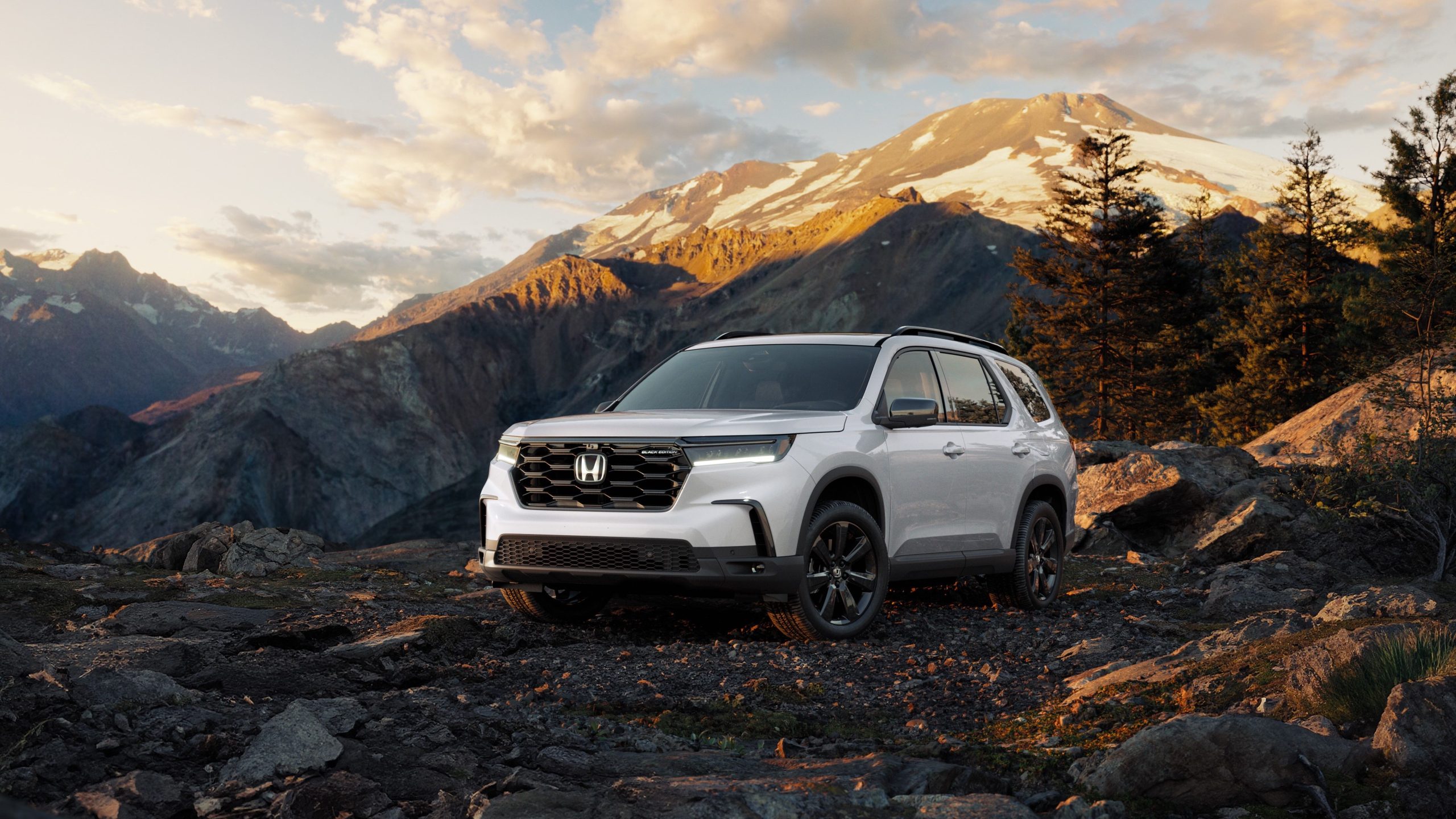
3. Honda Pilot
The Honda Pilot is another full-size, three-row SUV that offers a lot of interior space and a reputation for reliability. It’s an ideal choice for families, thanks to its spacious interior, comfortable seats, and a host of standard safety features.
However, the Honda Pilot also shares the same limitation as the Traverse and Grand Cherokee: the inability to fold the rear seats from the cargo area. Like the others, you have to manually fold the seats down from within the second row, which may not be the most practical design for people who frequently need to reconfigure their cargo space.
The Honda Pilot is equipped with a well-rounded V6 engine that provides sufficient power for everyday driving and long trips. It offers a smooth ride and a well-designed cabin with plenty of room for passengers and their belongings.
The Pilot’s second-row seats are roomy and comfortable, and the third-row seats are spacious enough for adults, making it a versatile option for families. However, the lack of an easy-to-use foldable rear seat feature from the cargo area can be a major inconvenience when you need to maximize storage space quickly.
In addition to the foldable seat issue, the Honda Pilot is known for its relatively easy-to-use cabin layout, with a user-friendly infotainment system and a comfortable driving experience.
The third-row seats are also relatively easy to access, but for anyone who needs to quickly fold those seats down to fit larger items in the cargo area, the manual process can be time-consuming and somewhat frustrating.
If you’re a family-oriented buyer who requires a lot of versatility in your SUV, the Pilot may still work, but you should be aware of the limitations in cargo flexibility.
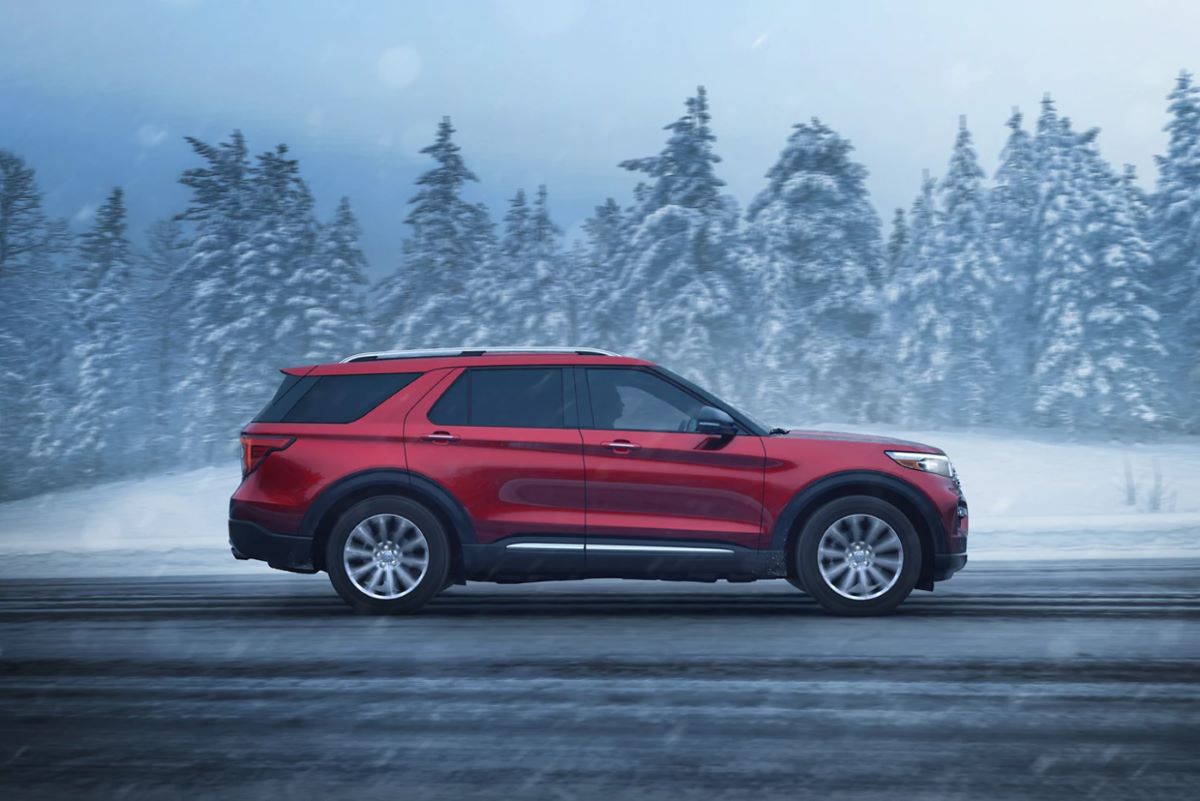
4. Ford Explorer
The Ford Explorer is one of the most popular midsize SUVs in the U.S., known for its powerful performance, comfortable interior, and advanced technology features. It’s a great choice for families, as it offers three rows of seating and a spacious cabin.
However, the Explorer has a major drawback when it comes to convenience: its rear seats cannot be folded down from the cargo area. Like many other vehicles on this list, you must manually fold the second- and third-row seats from within the cabin.
Despite this limitation, the Ford Explorer remains an attractive option for those who need an SUV with a lot of power and space.
The Explorer offers a range of engine options, including hybrid variants, and it is equipped with a suite of advanced safety and tech features. Its interior is comfortable and well-equipped, and the third-row seats are relatively spacious for the class.
However, the inability to easily fold the rear seats down from the cargo area can be a major inconvenience for anyone who needs to quickly expand their storage space or carry larger items.
The Explorer’s competitive edge in terms of performance and technology makes it a strong contender, but it may not be the most practical choice for users who require quick cargo reconfiguration.
If you’re looking for an SUV with more flexibility and ease of use in terms of cargo space, the Ford Explorer might not be the best option for you. While it performs well in most other areas, the lack of rear seat folding from the cargo area could detract from its otherwise excellent design.
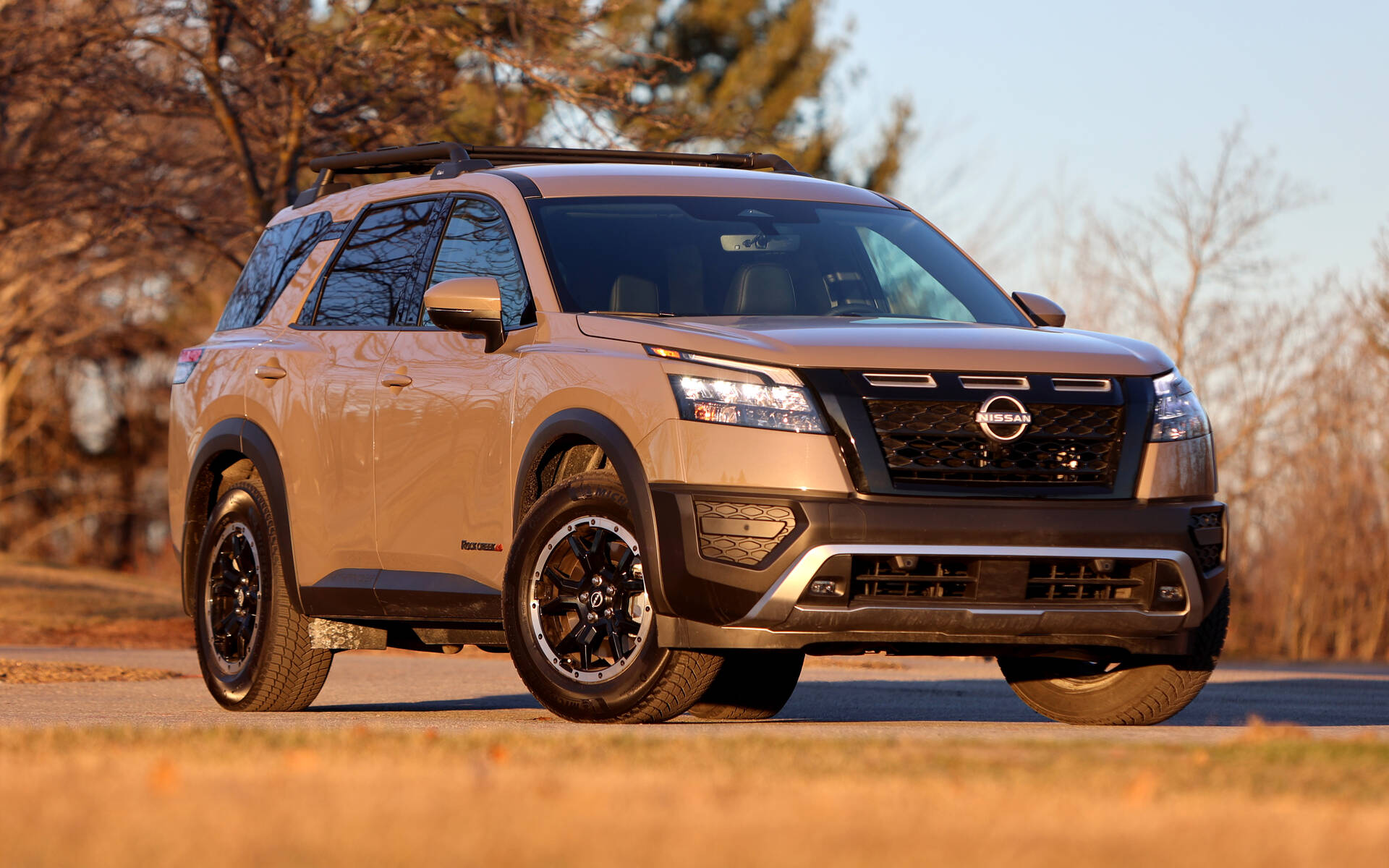
5. Nissan Pathfinder
The Nissan Pathfinder is a well-rounded mid-size SUV that’s designed to cater to families with its three-row seating, ample passenger space, and solid build quality. While it is a great option for many buyers, the Pathfinder is another model where the rear seats cannot be folded from the cargo area.
Instead, you have to manually fold down the second and third-row seats from inside the cabin, which can be inconvenient if you’re trying to maximize cargo space quickly.
Despite this limitation, the Nissan Pathfinder offers a comfortable and smooth driving experience, along with a V6 engine that provides adequate power for most drivers. It also has a spacious and user-friendly interior, with intuitive tech features and a generous list of standard equipment.
The Pathfinder’s cabin is well-suited for long road trips, offering plenty of space for passengers and their belongings. However, if you find yourself frequently in need of quick and easy access to more cargo space, you may be frustrated by the lack of an accessible fold-from-the-back option.
The Nissan Pathfinder remains a competitive choice in the mid-size SUV category, but its lack of cargo space flexibility may deter some buyers who require more convenience. If you’re someone who values quick reconfiguration and maximizing cargo room on the go, this feature could be a significant drawback.
Nevertheless, for families who don’t mind a manual folding process and prioritize other features like comfort and reliability, the Pathfinder remains a solid choice.
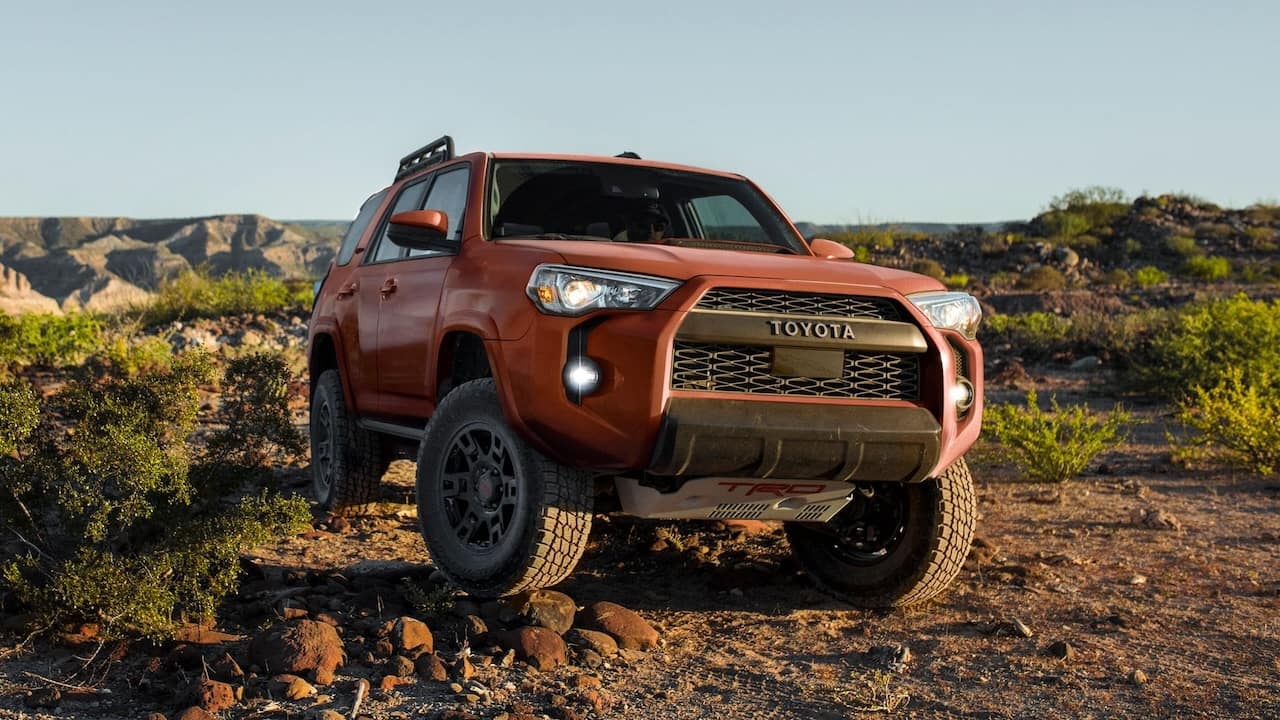
6. Toyota 4Runner
The Toyota 4Runner is one of the most iconic SUVs in the market, especially among off-road enthusiasts. Known for its rugged construction, truck-like chassis, and long-term durability, the 4Runner remains a strong competitor in the mid-size SUV segment.
However, when it comes to modern convenience features, it falls short in a few key areas, one of them being the inability to fold the rear seats from the cargo area.
In the 4Runner, accessing and folding the second-row seats requires manual intervention from the side doors or rear seats themselves, which can be a hassle if you’re trying to maximize cargo space quickly, particularly in tight situations or during outdoor activities.
Despite this limitation, the 4Runner shines in areas that make it ideal for adventurers. With excellent ground clearance, a capable four-wheel-drive system, and available off-road trims like the TRD Pro, the vehicle is built for exploration. It’s not uncommon to see 4Runners on rugged trails, mountain passes, or sandy dunes.
The interior, while not as luxurious as some competitors, is built to endure tough use and features durable materials that hold up well under wear and tear. That being said, the practical drawbacks in everyday use, like the lack of rear seat folding from the cargo area, remind you that this SUV prioritizes function over luxury or convenience.
Additionally, the cargo capacity of the 4Runner is substantial once the seats are folded down, but getting to that point is not as seamless as it is in newer models with power folding or lever-release systems in the cargo bay. For families or drivers who frequently alternate between carrying passengers and large gear, the manual process can become tiresome.
It’s a trade-off: while the 4Runner is an excellent option for rugged performance and reliability, it requires more physical effort to adapt the space to your needs, making it less convenient in scenarios where time and ease of use are essential.
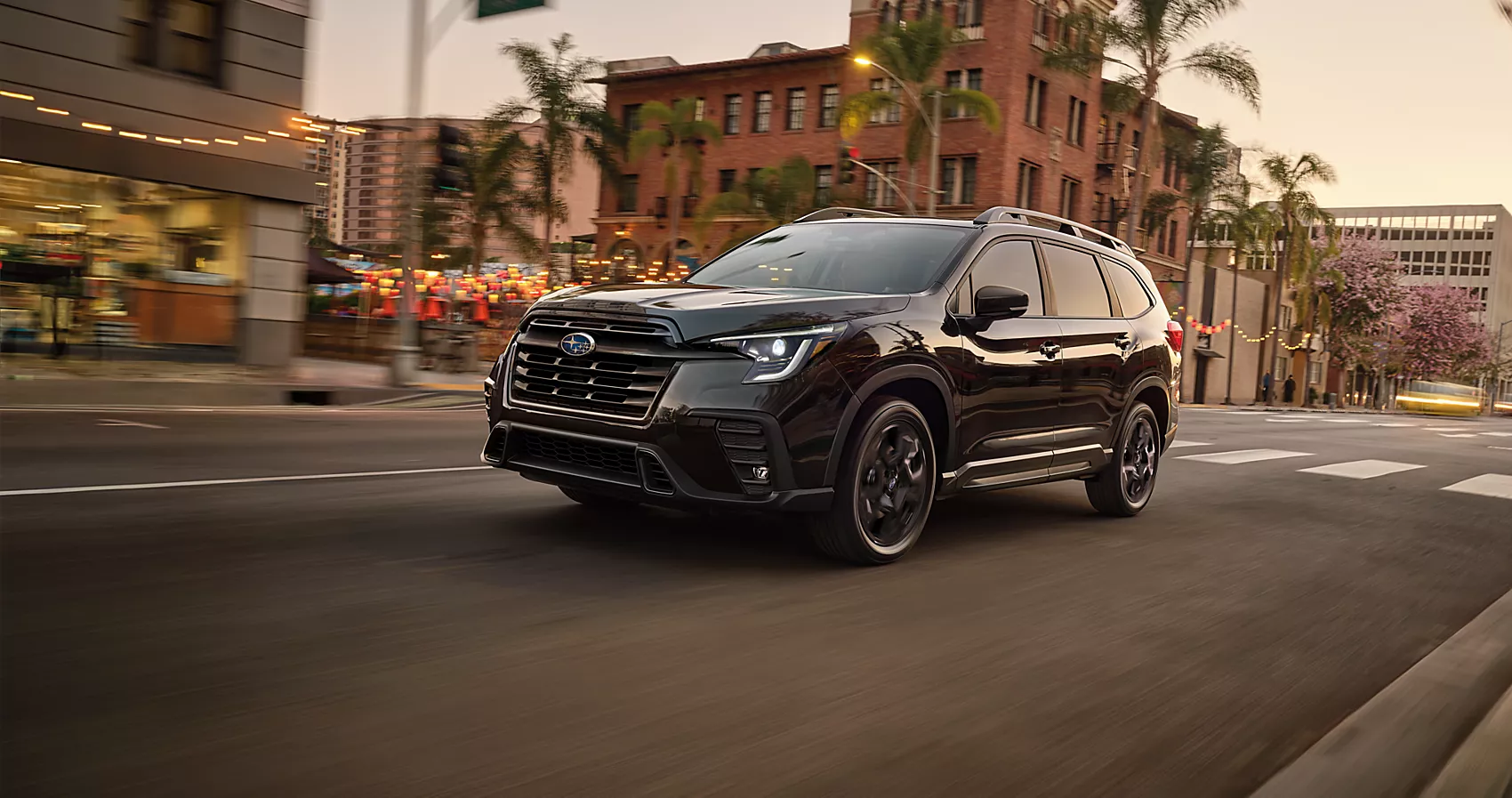
7. Subaru Ascent
The Subaru Ascent is Subaru’s largest vehicle offering, aimed squarely at families needing a three-row SUV with all-wheel drive and a host of safety features. It brings a lot to the table: Subaru’s EyeSight safety suite, a turbocharged engine, and a reputation for reliability.
Yet, despite its family-friendly mission, the Ascent falls short in the cargo versatility department. Specifically, the rear seats—both second- and third-row—must be manually folded down from inside the cabin.
There is no mechanism or latch accessible from the cargo area to make this process easier, which is surprising in an SUV marketed for practical family use.
The inconvenience becomes most noticeable when trying to load larger items like strollers, sports equipment, or boxes. With your hands full at the back of the vehicle, the inability to simply release the rear seats without walking around to the side doors can be frustrating.
This is especially true in situations where time or weather are a factor—say you’re loading groceries in the rain or quickly packing for a road trip. For an SUV that otherwise prioritizes ease of use and practicality, the omission of cargo-area seat-folding feels like a mismatch with its target audience.
That said, the Subaru Ascent excels in other areas that might offset this limitation for many buyers. The ride is comfortable, and the all-wheel drive system is excellent for poor weather or light off-roading. Interior space is generous, and there are plenty of cup holders, USB ports, and other family-friendly touches.
Subaru has also put effort into ensuring crash safety, with the Ascent receiving strong ratings in safety tests. Still, families with an eye toward maximum cargo flexibility should take note of this shortcoming before committing to the Ascent.
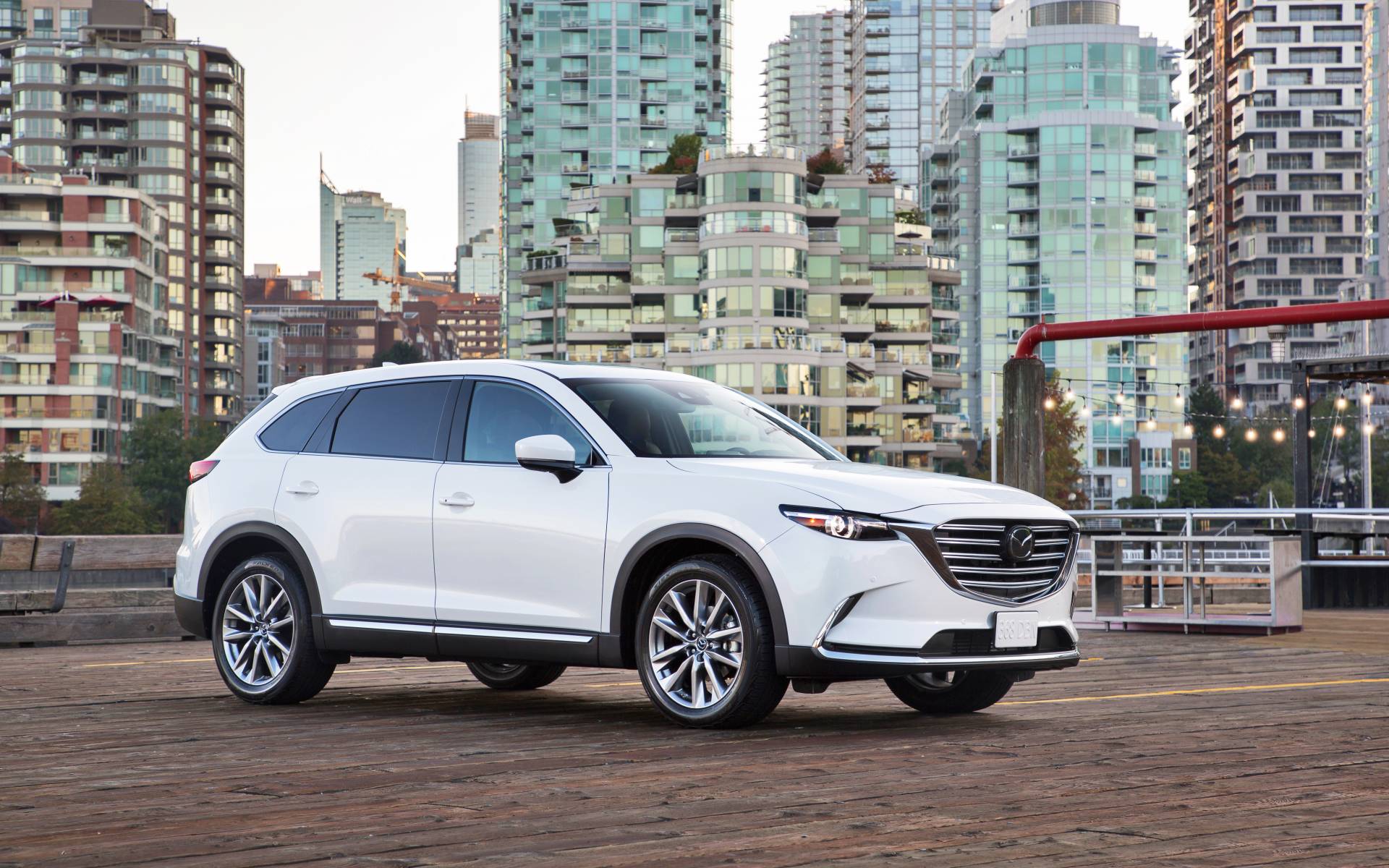
8. Mazda CX-9
The Mazda CX-9 is one of the most stylish and enjoyable-to-drive SUVs in the three-row segment. With its sleek design, upscale interior, and car-like handling, it offers a refined driving experience rarely found in mid-size crossovers.
However, one area where the CX-9 underdelivers is cargo versatility—specifically, the inability to fold the rear seats from the cargo area. Like several others on this list, both the second- and third-row seats must be manually folded by accessing them from inside the vehicle, which disrupts an otherwise premium feel.
For a vehicle that competes in a higher-end segment and often draws comparisons to luxury models, this is a surprising oversight. Mazda has clearly prioritized driver engagement, interior aesthetics, and refinement in the CX-9, but cargo flexibility feels like an afterthought.
If you frequently carry a mix of passengers and cargo, this limitation becomes noticeable. Say you’re loading luggage for a family vacation—you’ll need to walk around the vehicle to manually fold down seats, which is less than ideal, especially compared to competitors that offer one-touch buttons or even power-folding rear seats.
Despite that, the Mazda CX-9 continues to be a compelling choice for many. Its turbocharged engine delivers strong performance, and the cabin is one of the most luxurious in its price range, with high-quality materials and a quiet, comfortable ride.
The infotainment system, while somewhat divisive, offers essential connectivity and safety features. If your primary use for the SUV is commuting and occasional trips rather than frequent cargo hauling, you may not mind the extra step required to fold down the seats.
Still, for those who prioritize everyday utility, the lack of a folding mechanism from the cargo area might be a reason to look elsewhere.
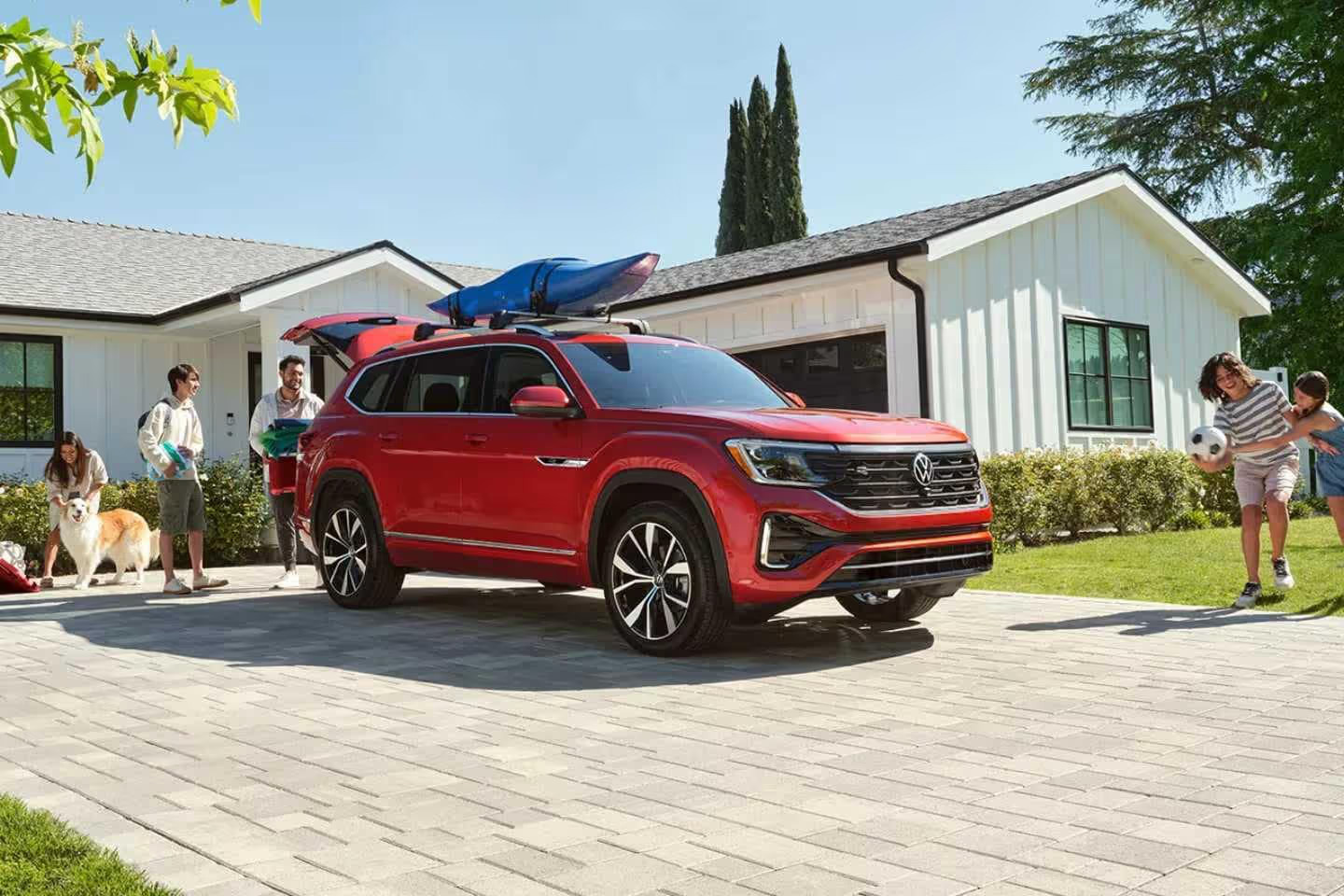
9. Volkswagen Atlas
The Volkswagen Atlas has rapidly gained popularity in the large SUV segment for its massive interior space, third-row comfort, and clean design. It was designed with American families in mind, offering room for up to seven passengers and a user-friendly layout.
However, as with the other models on this list, the Atlas does not offer rear seat folding from the cargo area. Instead, both the second- and third-row seats must be manually folded down from inside the cabin, adding an unnecessary extra step for users who frequently need flexible cargo space.
This limitation stands out because the Atlas otherwise excels in practicality. The cargo space is among the largest in its class when the seats are folded down, and the boxy design maximizes interior volume. That’s why it’s even more disappointing that you can’t easily access a quick-fold mechanism when standing at the back of the vehicle.
The rear seat operation is smooth and relatively easy once you’re at the seats, but it’s not the same as the convenience offered by competitors who include levers or electronic switches in the cargo area for this purpose.
Despite this, the Atlas remains a strong option for families and large groups. It offers plenty of legroom, especially in the third row—something not many mid-size SUVs can claim.
The ride is smooth and composed, and the dashboard design is clean and intuitive. The infotainment system integrates well with smartphones, and USB ports are abundant throughout the cabin. If Volkswagen added a cargo-area seat folding function, the Atlas would come even closer to being one of the most well-rounded family SUVs on the market.
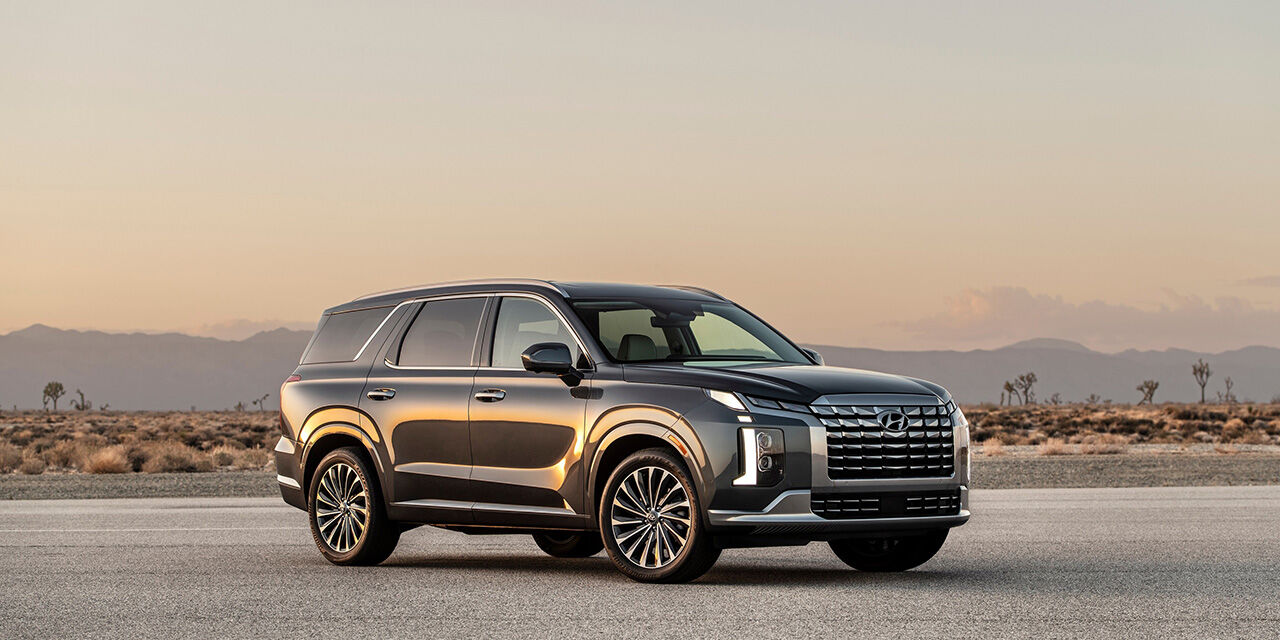
10. Hyundai Palisade
The Hyundai Palisade has quickly established itself as one of the most feature-rich and value-packed SUVs in the segment. Known for its upscale interior, smooth ride, and impressive array of standard technology, the Palisade punches above its weight class.
However, in its base and mid trims, it lacks the option to fold the rear seats from the cargo area—a feature that is only available on the top trim levels with power-folding seats. In other words, for most Palisade owners, seat folding remains a manual task that must be done from inside the cabin, not from the back.
This design decision might be understandable as a way to differentiate the premium trims, but it does mean that buyers opting for lower or mid-range versions miss out on a significant convenience feature. Especially for an SUV that excels in comfort and family usability, the lack of universal access to this functionality across trims feels inconsistent.
It puts the onus on the buyer to spend considerably more to access what is becoming a standard convenience in the segment, particularly among rivals like the Kia Telluride and some Ford Explorer trims.
That said, the Palisade has a long list of strengths that might outweigh this inconvenience for many buyers. It features a luxurious, quiet interior with available quilted leather and ventilated seats, a large and responsive infotainment system, and a full suite of advanced driver assistance features.
The third row is genuinely usable, and the Palisade’s ride quality makes it a joy for long-distance cruising. But for those who prioritize quick cargo reconfiguration and expect rear seats that fold at the touch of a button—or even a pull of a lever from the cargo area—this SUV might fall short unless you’re willing to invest in the top-tier trims.
Also Read: Why Mechanics in Remote Villages Prefer These Specific Engines
As the SUV market continues to expand and evolve, buyers are presented with an overwhelming array of choices, from rugged off-roaders to plush family haulers. Yet, amidst the sea of available features—panoramic sunroofs, heated steering wheels, 360-degree cameras—some surprisingly simple conveniences are still missing in otherwise well-equipped vehicles.
The ability to fold down rear seats from the cargo area may seem like a minor detail at first glance, but for many users, especially families, travelers, and outdoor enthusiasts, it’s a crucial element of day-to-day utility.
As we’ve seen across ten otherwise capable and popular SUVs—including models like the Toyota 4Runner, Chevrolet Traverse, Mazda CX-9, and Hyundai Palisade—this feature is often either missing entirely or locked behind expensive trim levels, creating a frustrating gap between potential and practicality.
This isn’t just about convenience; it’s about design that respects real-world use. When you’re standing in the rain, juggling groceries, camping gear, or a stroller, the last thing you want to do is walk around the SUV, open multiple doors, and wrestle with seatbacks just to clear space.
For vehicles that often market themselves as solutions for active lifestyles and busy families, the lack of an accessible, intuitive way to fold seats from the cargo bay undercuts their own branding.
And while some models—like the Hyundai Palisade or Ford Explorer—offer power-folding seats on high-end trims, this solution still fails to address the core problem for most buyers: that such a basic function should not be a luxury-exclusive feature.
Ultimately, the takeaway for consumers is this: no SUV is perfect, and compromises must be made depending on priorities. Some will choose all-terrain strength over cabin tech, while others will opt for luxury over cargo flexibility.
But the ability to quickly and efficiently convert passenger space into cargo space should not be a compromise—it should be standard in any vehicle built for practicality.
If you’re in the market for an SUV and value cargo flexibility, be sure to physically test the folding mechanism yourself.
It’s a small detail that can make a big difference in how enjoyable and functional your SUV truly is over time. Manufacturers have made great strides in many areas, but this is one place where form still needs to catch up with function.

